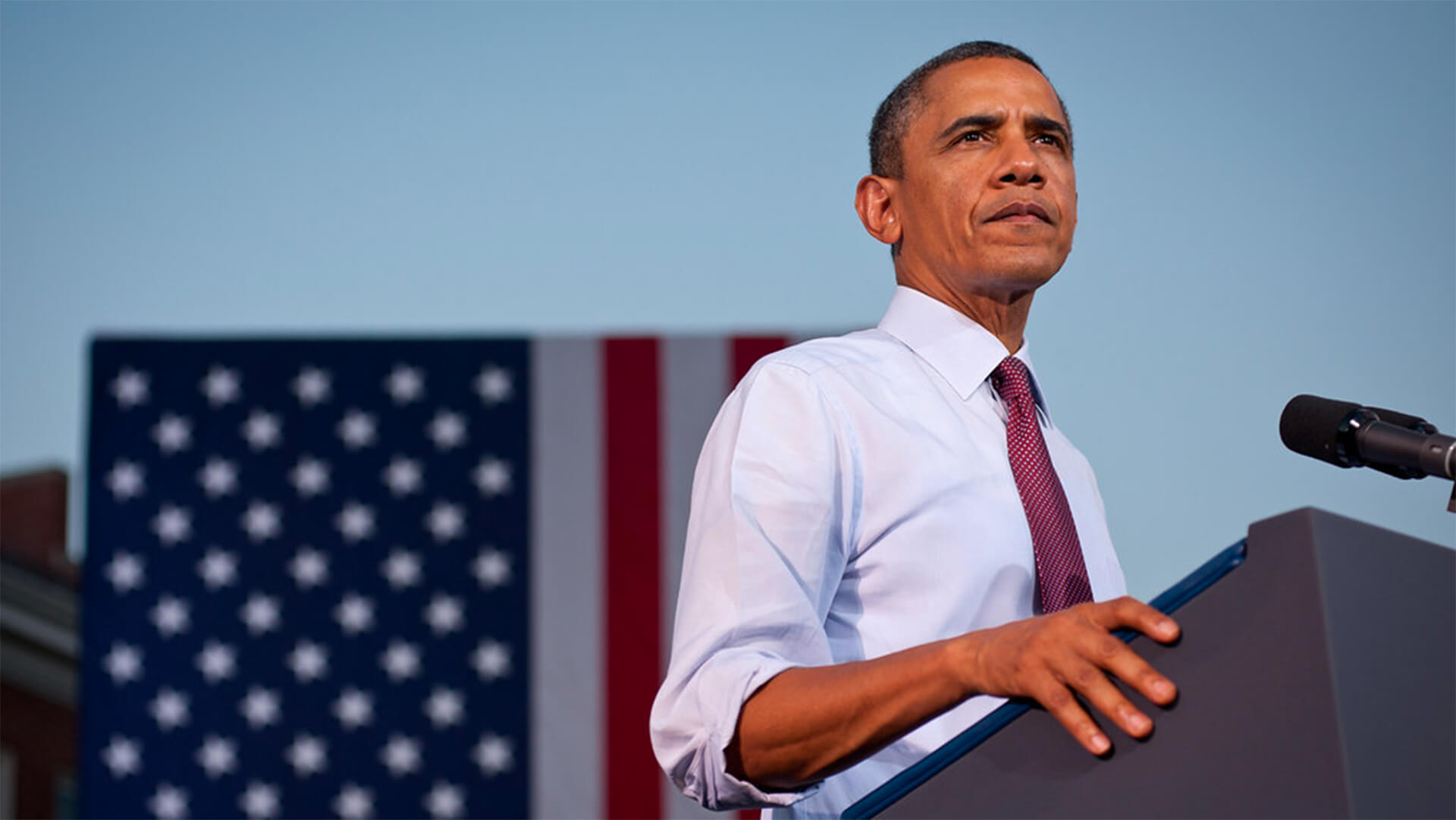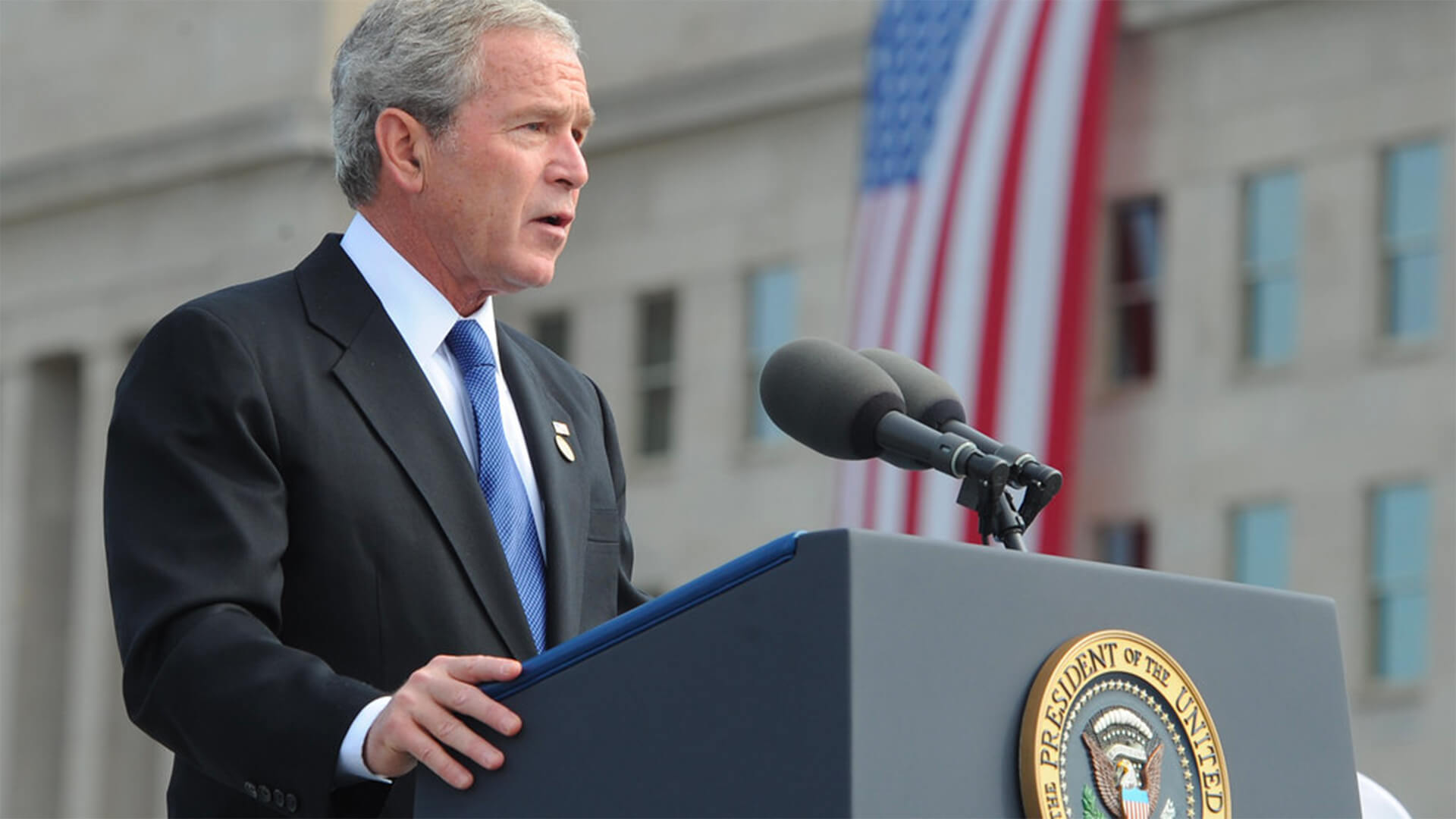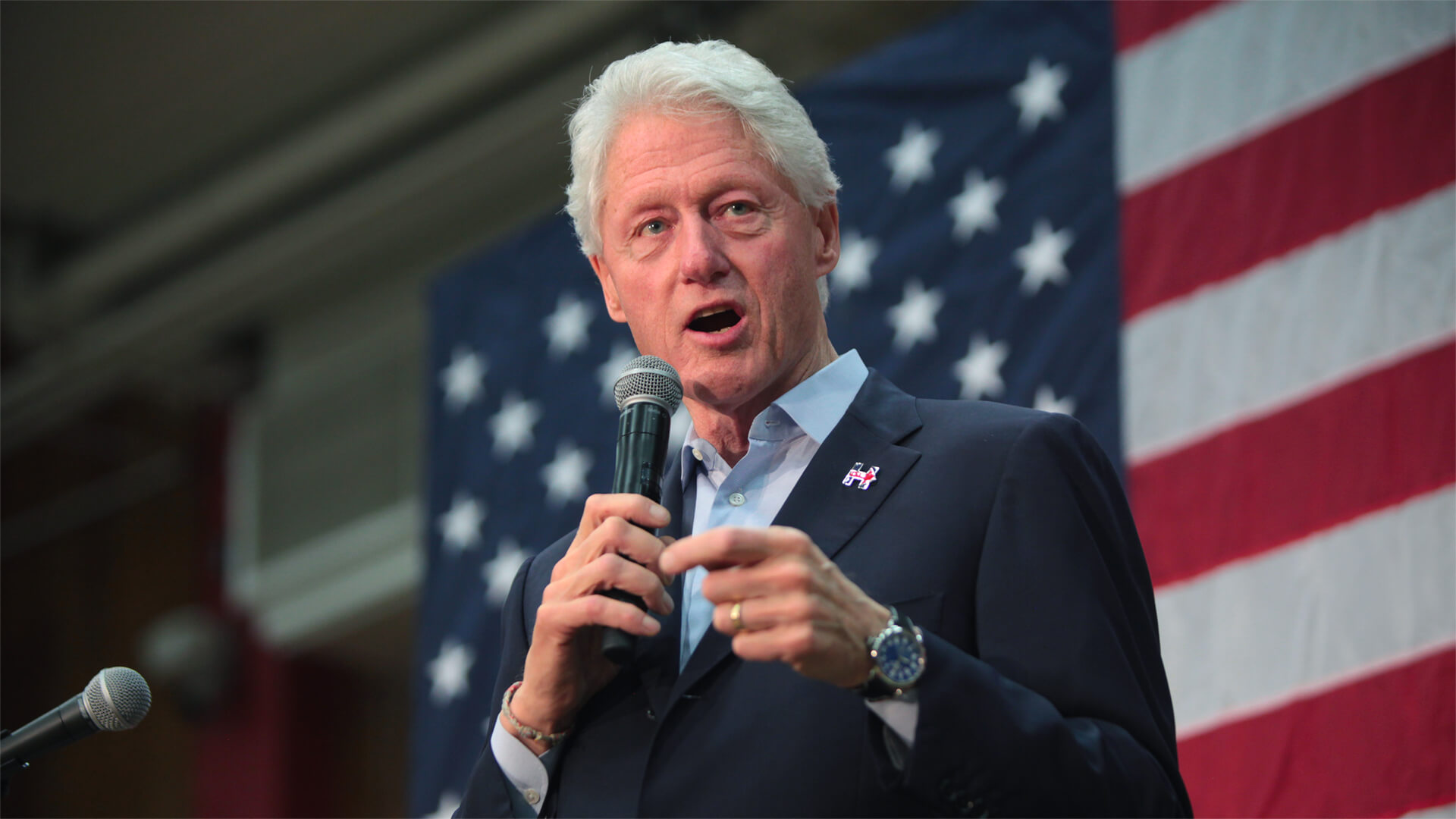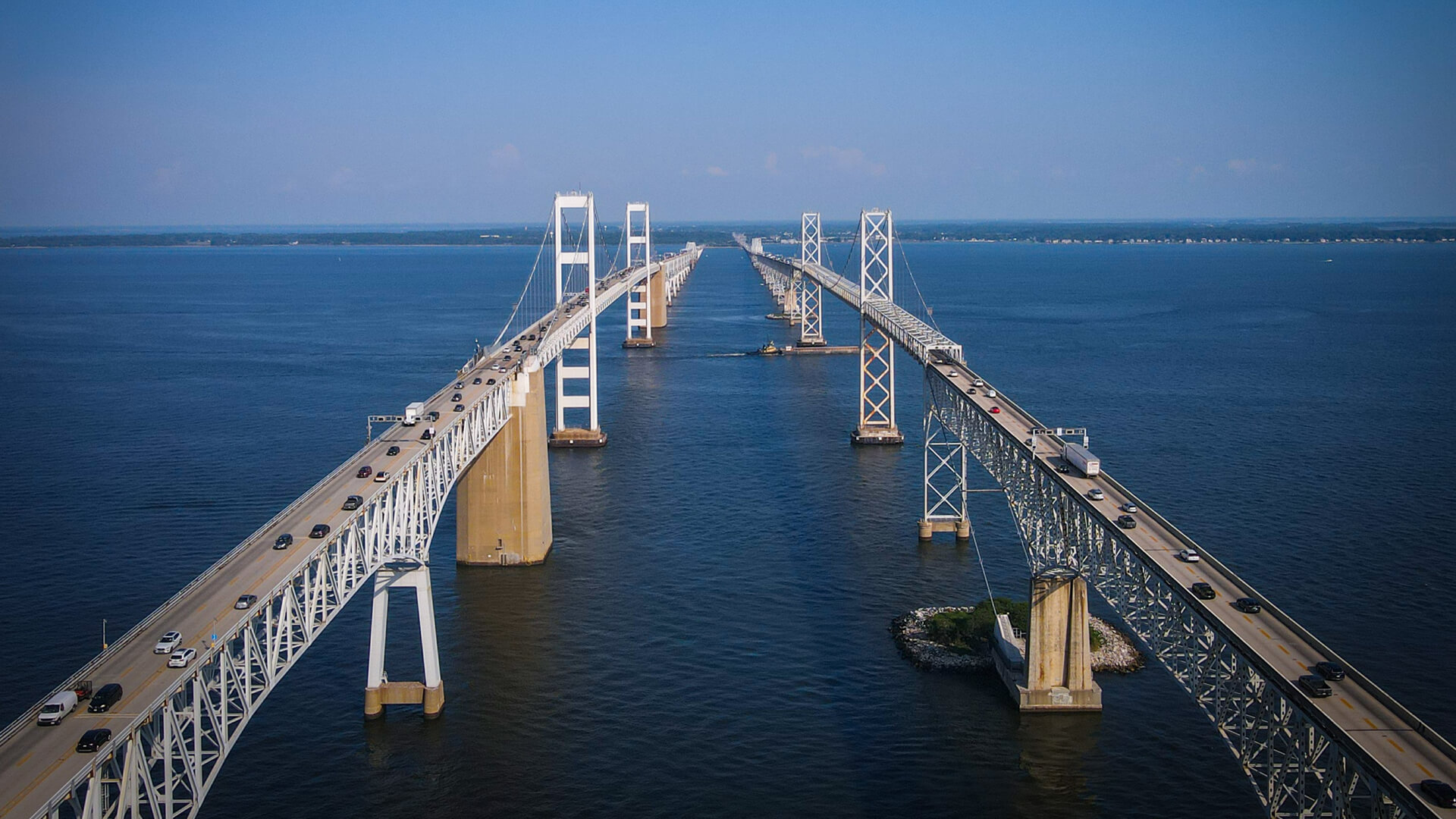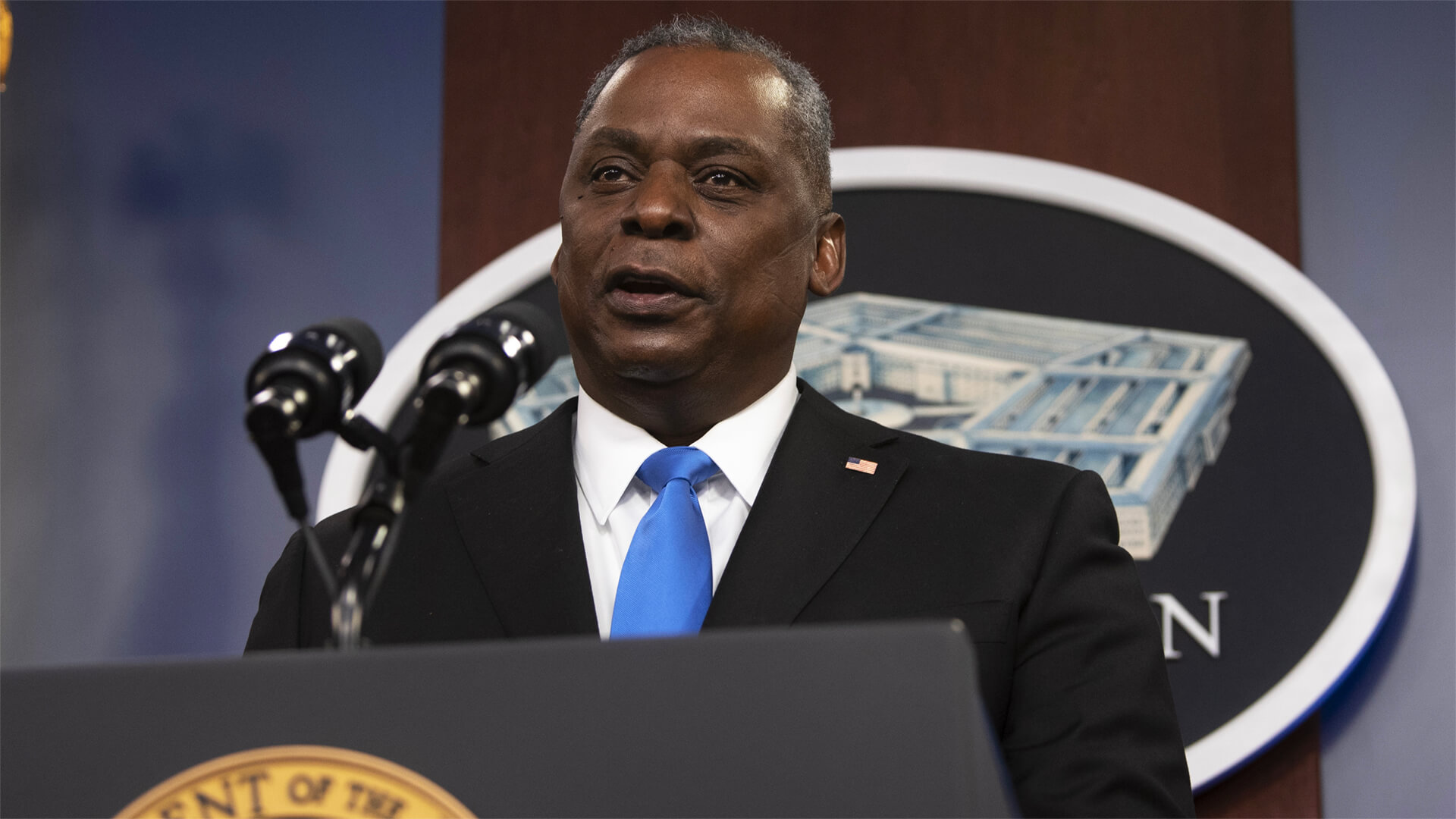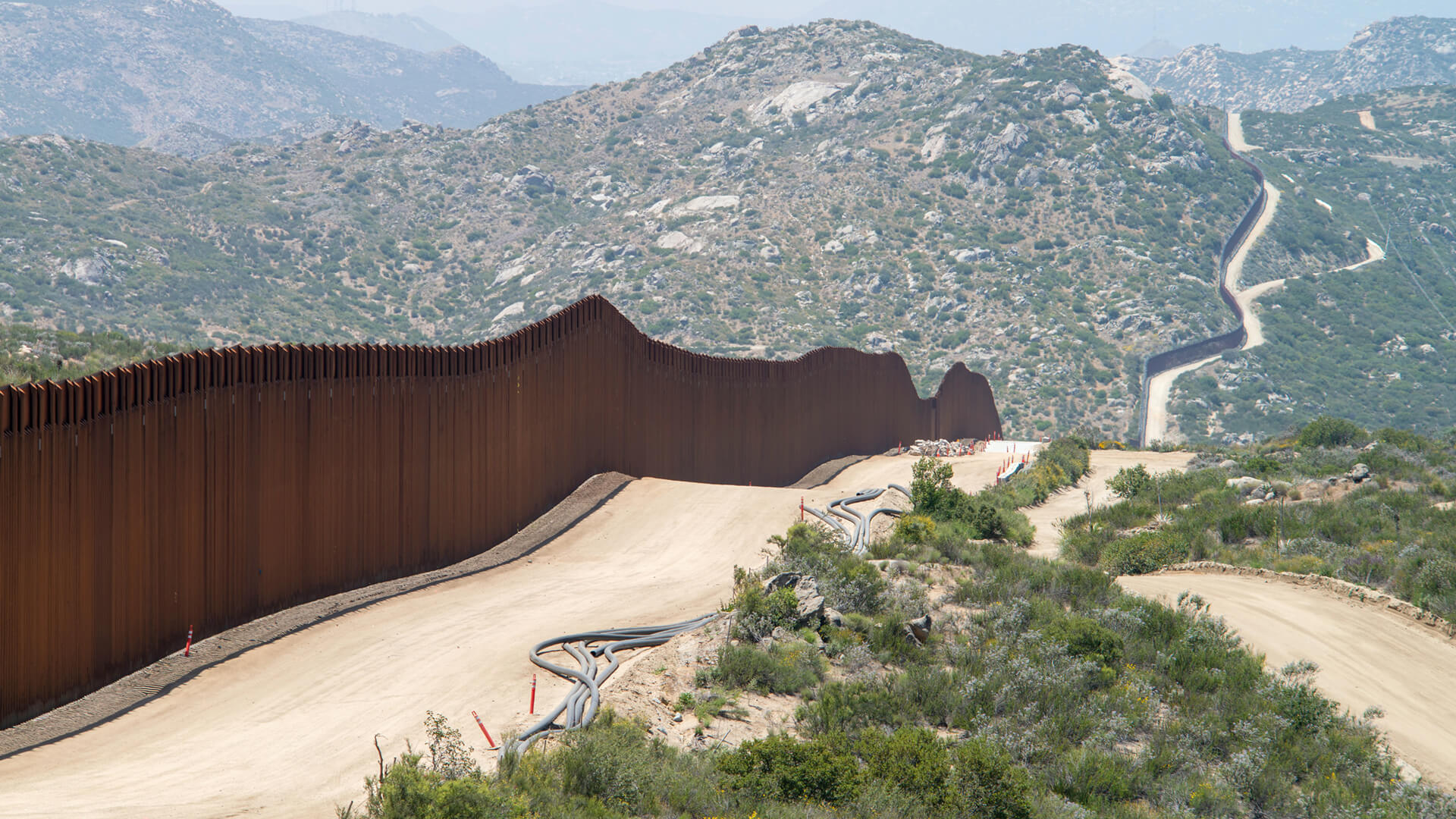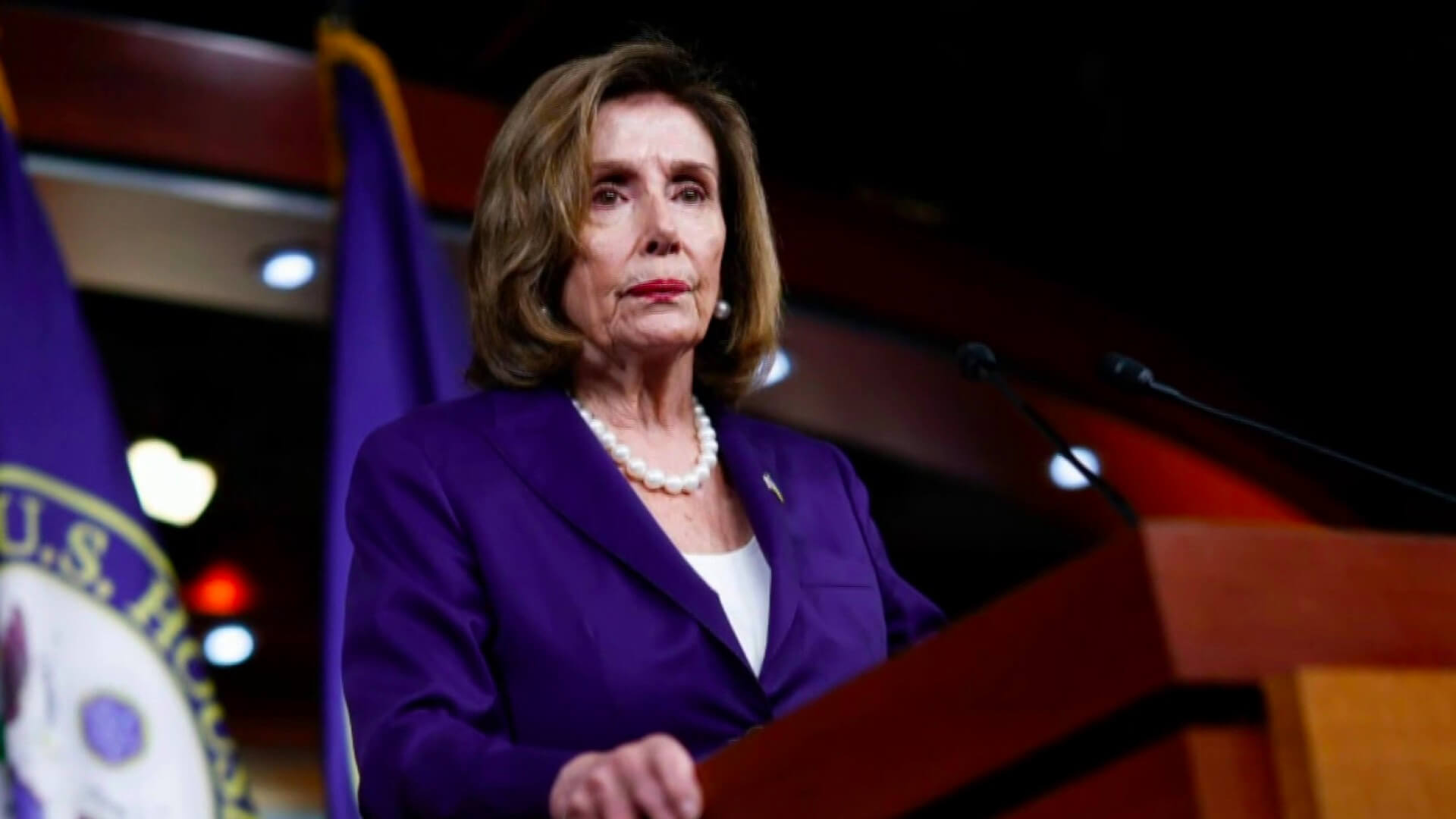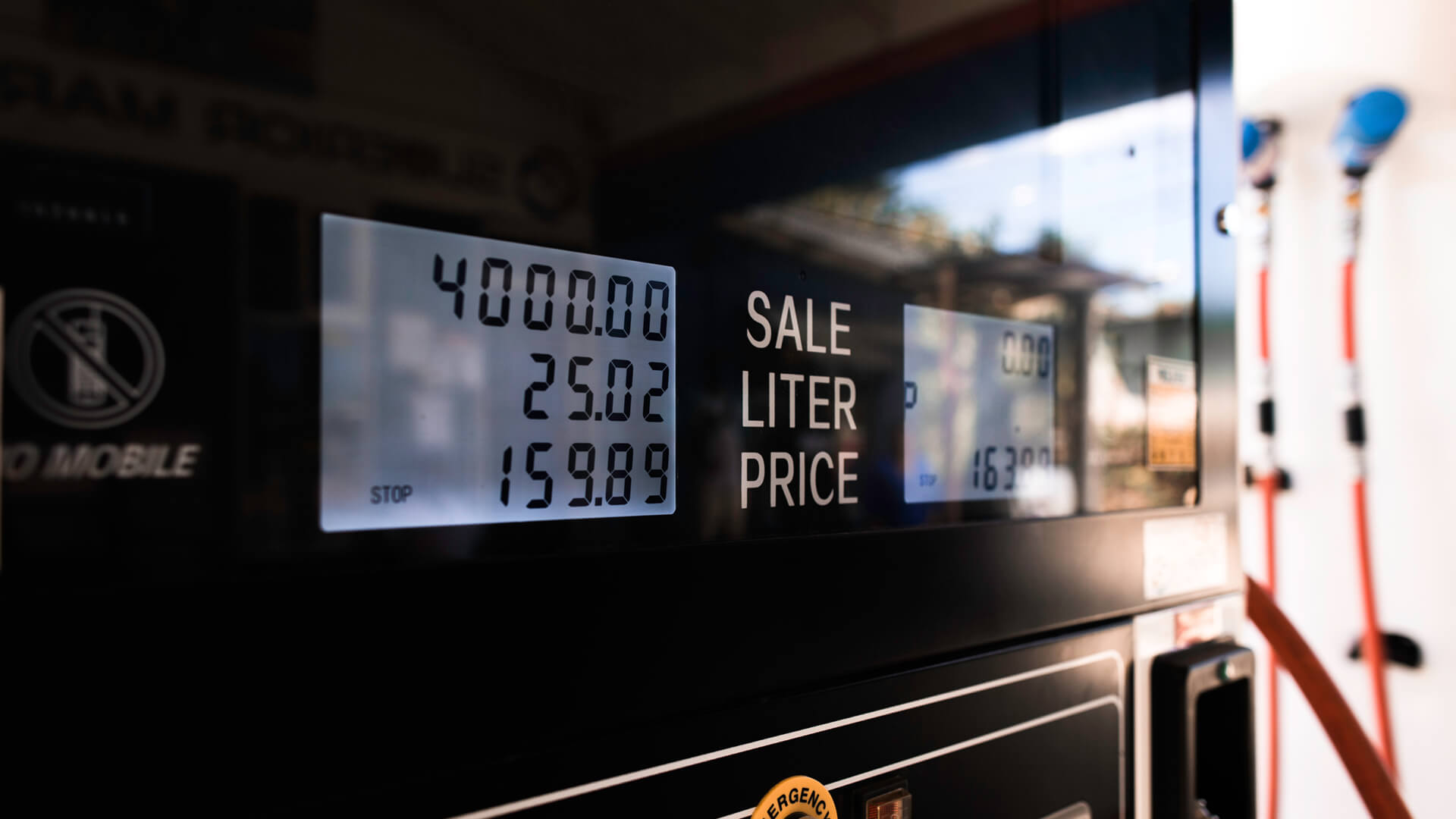Many people are surprised when I saw that Barack Obama was the second-smartest American president of recent history, after Bill Clinton. I should also say that in no way serves as an endorsement or that I think either was necessarily successful.
President Obama in particular seemed not only ill-suited to but ultimately disinterested in engaging with the management of the massive, sprawling bureaucracy that is the US Federal Government. Some presidents relish the cooperation–or combativeness–of engaging with the legislative branch. Obama? Not so much.
Was he engaged with his cabinet, suggesting policy and working to overhaul the federal bureaucracy? No. What about rebuilding his party? Famously not. Was he interested in managing the post-Bush, post-Iraq global order? Absolutely not.
After four terms of presidents who were charismatic and personable leaders, the Obama presidency presented a very “the man in the ivory tower” vibe–one that I’d argue laid the groundwork for Donald Trump’s runaway popularity with so much of the American electorate.
Here at Zeihan On Geopolitics we select a single charity to sponsor. We have two criteria:
First, we look across the world and use our skill sets to identify where the needs are most acute. Second, we look for an institution with preexisting networks for both materials gathering and aid distribution. That way we know every cent of our donation is not simply going directly to where help is needed most, but our donations serve as a force multiplier for a system already in existence. Then we give what we can.
Today, our chosen charity is a group called Medshare, which provides emergency medical services to communities in need, with a very heavy emphasis on locations facing acute crises. Medshare operates right in the thick of it. Until future notice, every cent we earn from every book we sell in every format through every retailer is going to Medshare’s Ukraine fund.
And then there’s you.
Our newsletters and videologues are not only free, they will always be free. We also will never share your contact information with anyone. All we ask is that if you find one of our releases in any way useful, that you make a donation to Medshare. Over one third of Ukraine’s pre-war population has either been forced from their homes, kidnapped and shipped to Russia, or is trying to survive in occupied lands. This is our way to help who we can. Please, join us.


